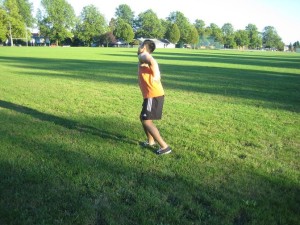Low back arthritis triggers stiffness and pain in the joints of the lower back as well as inflammation of the neighboring tissues. Generally, the lumbar joints are padded by the discs filled with a gel-like substance and shielded by an exterior casing of cartilage. Nevertheless, arthritis causes the deterioration of the cartilage and erosion of the discs which leads to friction, irritation, reduced flexibility and pain in the lower back.
Close look on the indications of low back arthritis
It is important to note that low back arthritis causes low back or pelvic pain due to the inflammation in the lumbar facet joints.

It might be linked with a dull aching sensation that radiates down to one or both buttocks. Nevertheless, the discomfort rarely spreads below the knee or down the front of the leg. In most cases, there is tenderness over the site of the inflamed lumbar facet joints.
Stiffness and loss of flexibility
The inflammation of the joints in the spine in the low back causes them be less flexible. Bending sideways or hyperextension of the back in a backwards motion can be hard and painful as it places increased pressure on the lower back joints.
After resting or sleeping or periods of inactivity, the back joints are quite stiff and worsens the symptoms of pain and diminished mobility.
Nerve pain
Low back arthritis generally causes mechanical pain or discomfort that arises from abnormal spinal movements. Nevertheless, arthritis can oftentimes lead to the formation of bone spurs at the borders of the lumbar area joints.
The presence of the bone spurs results to the constriction of the spinal canal which is called as spinal stenosis where pressure is placed on the spinal cord and nerves branching out from the crushed section of the lower spine.
The compression of the nerve causes the nerve root to become inflamed and irritated. This prompts the transmission of signals throughout the area where the nerve travels.
